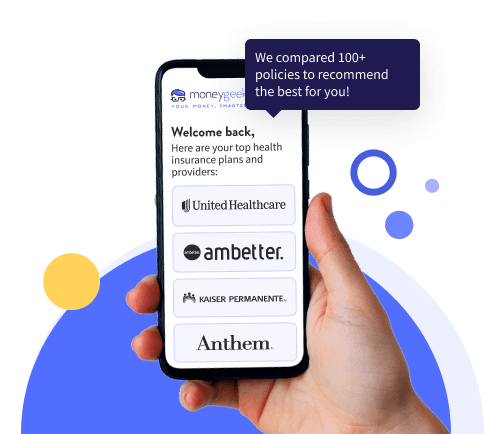Shopping for health insurance doesn't have to stress you out anymore. The Health Insurance Marketplace is your government-regulated website where you can browse certified health plans that actually fit your budget. You'll shop on the federal HealthCare.gov or your state's own marketplace if they run one.
Here's the best part: most people qualify for tax credits and subsidies that bring their monthly costs way down. All plans cover essential health benefits and can't turn you away for pre-existing conditions. Small business owners can also shop for employee coverage through the SHOP program.




